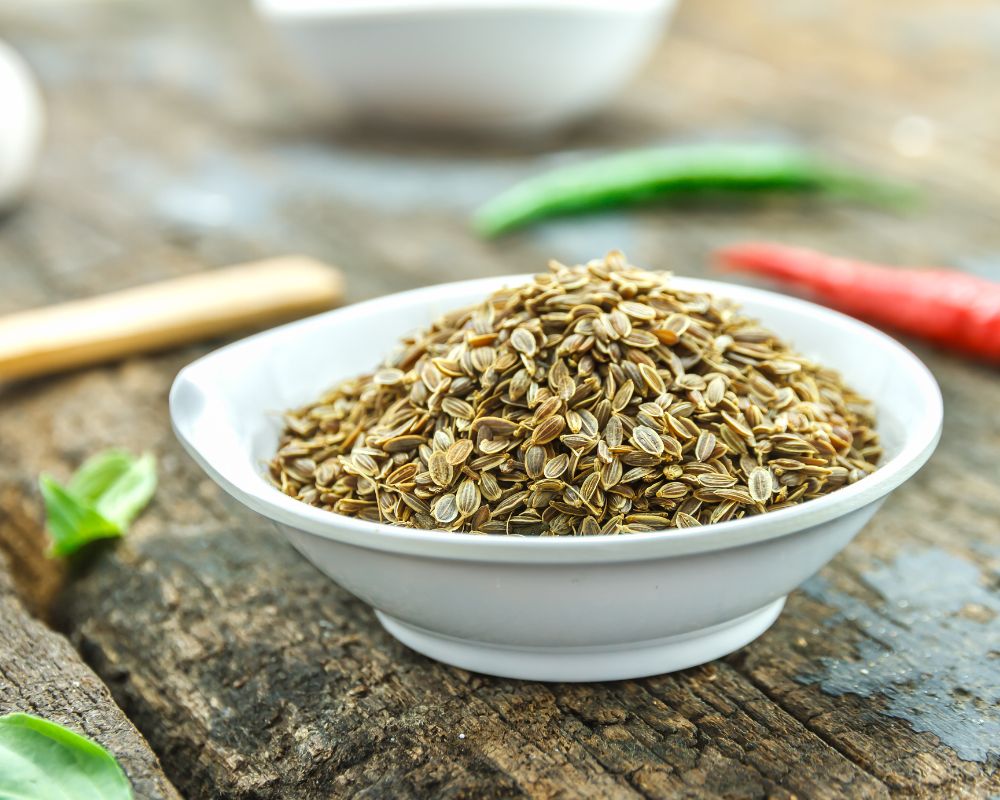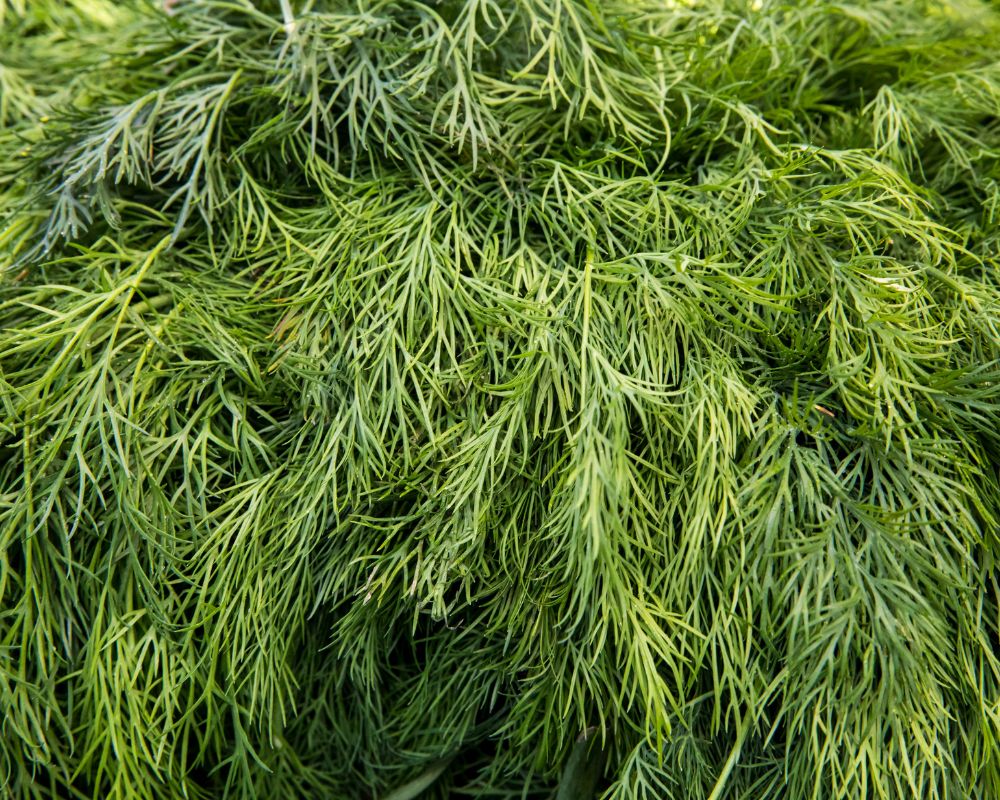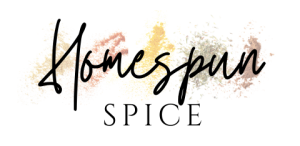Dill seeds are technically not seeds but the fruits of the dill plant. They are small and oval, and their color is tan or light to dark brown. Dill seed’s flavor is clean and pungent, with undertones of anise and lemon, and you can combine it with mustard seeds, coriander seeds, garlic, and red pepper flakes to create a rub for meats and seafood.
Table of Contents
What are dill seeds?

Dill seeds are the fruit of the dill plant, scientifically known as Anethum graveolens. They aren’t seeds but the whole fruits of the herb. You can use them raw or cooked.
They go well in vegetable dishes, salad dressings, soups, and meat and fish dishes. Dill seeds belong to the Apiaceae family and are related to caraway, anise, chervil, coriander, and parsley.
| Origin | Originated in Eastern Europe |
| Appearance | Wide, flat, and tear-shaped with light brown borders and dark brown centers |
| Flavor profile | Taste like caraway seeds |
Origin
Dill seeds originated in Eastern Europe before spreading to the Mediterranean and Asia. Ancient Egyptians used it for medical purposes. The modern name comes from the Norse word “dylla,” which means “to soothe.”
Today, dill seeds are present in Indian, Asian, and European cuisine. In the United States, dill pickles are popular in salads and sandwiches.
Appearance
Dill seeds are wide, flat, and tear-shaped with light brown borders and dark brown centers. They are about 4-5 mm long and appear on the dill plant when the flowers start fading. Dill seeds are similar to fennel seeds.
Flavor profile
Dill seeds taste like caraway seeds but with a lighter flavor resembling dill weed. They are aromatic with a slight citrus flavor. Whether dried or fresh, dill seeds hold elements of parsley, celery, and anise.
Nutritional Benefits of dill seeds
Not only do dill seeds provide fresh flavor to any dish, but they also have many nutritional benefits. Fresh dill seeds are low in calories and are a good source of vitamins, including:
- Vitamin C – helps with bone formation, wound healing, and metabolism
- Manganese – supports healthy functioning of your brain and nervous system
- Vitamin A – is important for maintaining vision and supporting a healthy immune system
Additionally, dill seeds help treat colic in infants and digestive diseases and are high in antioxidants.
What is the difference between dill and dill seed?


| Dill weed | Includes the green parts of the dill plant, has a more herbal and grassy flavor, more delicate |
| Dill seed | Represent the seed heads that the plant produces, go in the pot at the beginning of cooking, provide a bold flavor to dishes |
Dill weed includes the green parts of the dill plant, while dill seeds are the seed heads that the plant produces. Instead of seeds, dill weed contains the feathery leaves and stems of the dill plant. Dill weed has a more herbal and grassy flavor than dill seeds.
It’s best to use dill seeds at the beginning of cooking and dill weed towards the end since dill weed can lose its flavor when added too early.
Dill seeds provide a bold flavor to dishes, so they pair well with meats and stews.
Dill weeds are more delicate and are, therefore, better for sauces and seafood.
7 fun facts about dill and dill seeds
- In the middle ages, dill was believed to hold magical powers to protect homes and create love charms.
- Dill is reputed to cure hiccups, stomach aches, insomnia, and bad breath.
- One tablespoon of dill seed contains more calcium than one cup of milk.
- Dill stimulates lactation in mothers and is often given to cows for this reason.
- Essential oil from the dill seed is used in soaps and medicines.
- Dill usually produces umbels of small yellow flowers, but the flowers could be purple or white depending on the type of dill plant.
- The dill plant can reach a height of up to 23.6 inches.

